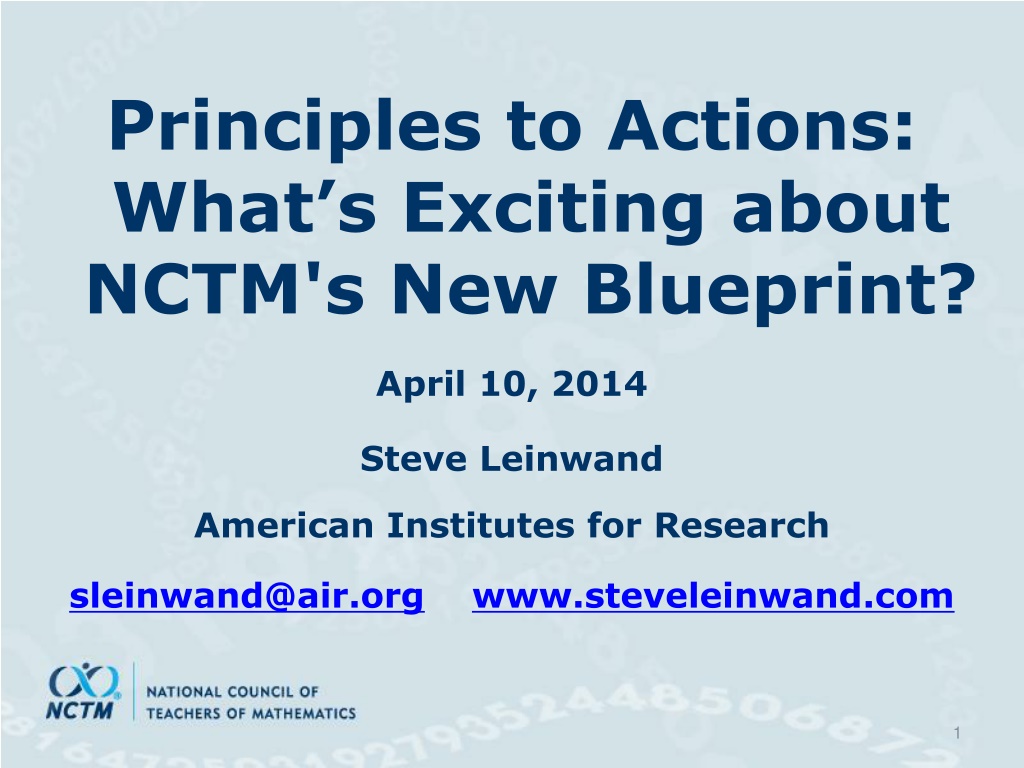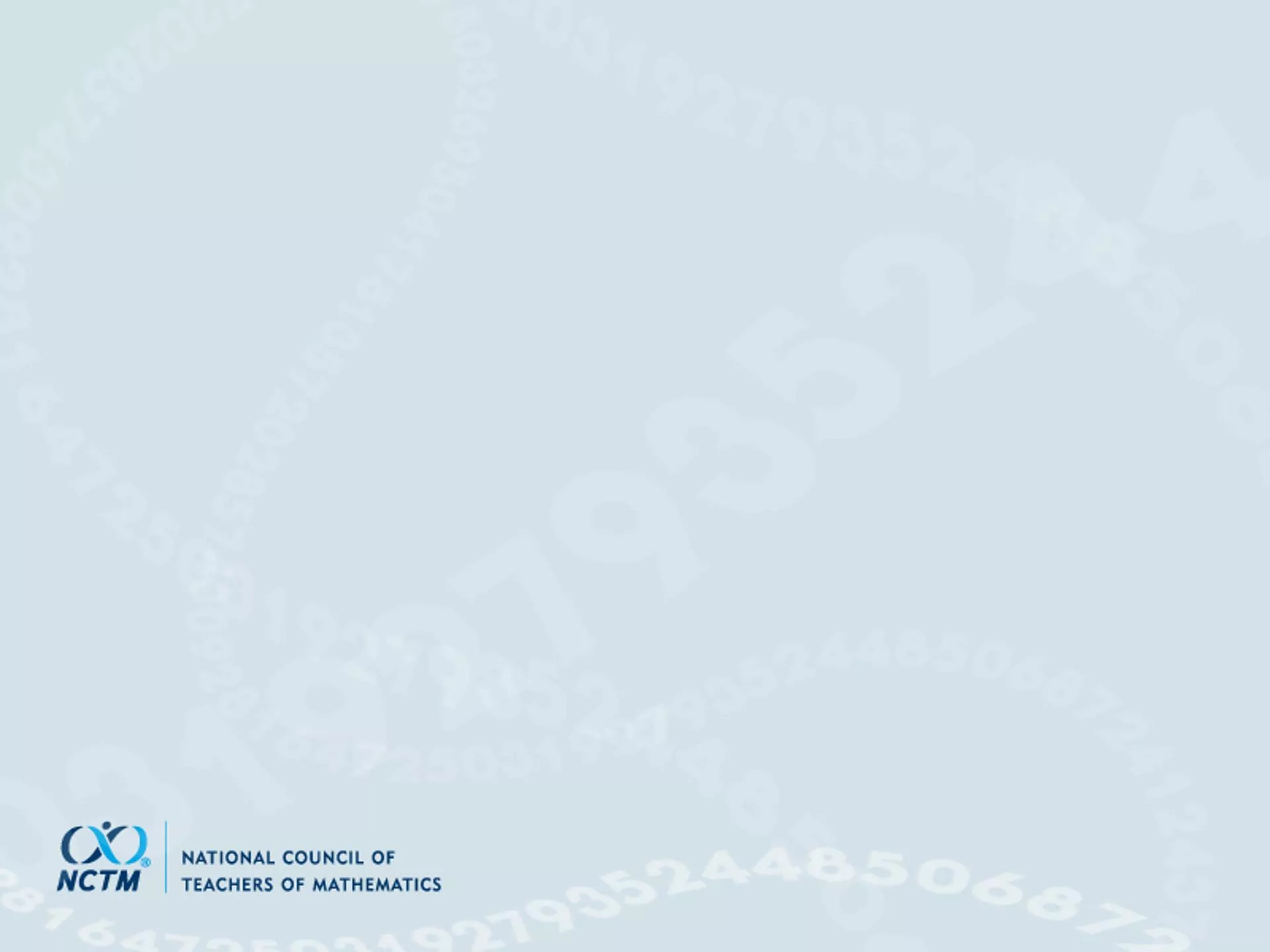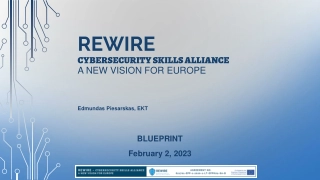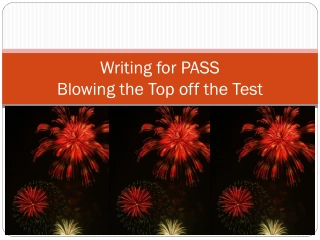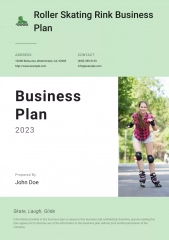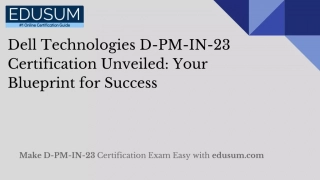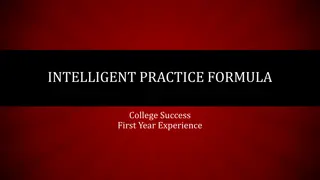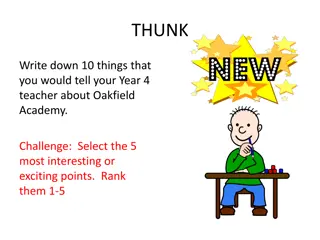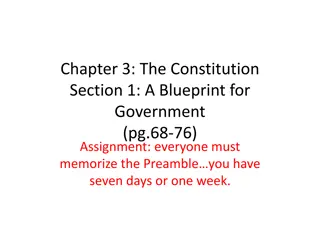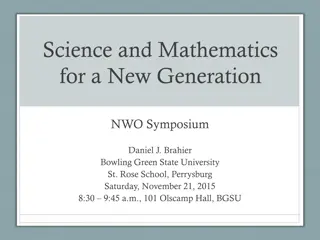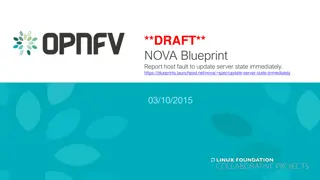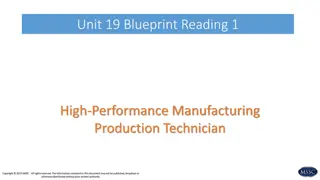Exciting Insights from NCTM's New Blueprint
Delve into NCTM's latest blueprint, Principles to Actions, and explore its potential to enhance mathematical success for all students. Join the dream team of education experts in reflecting on past achievements, building on existing knowledge, and taking decisive actions to improve math education. Discover how NCTM's legacy of leadership continues to drive systemic improvements in mathematics education.
Download Presentation

Please find below an Image/Link to download the presentation.
The content on the website is provided AS IS for your information and personal use only. It may not be sold, licensed, or shared on other websites without obtaining consent from the author. Download presentation by click this link. If you encounter any issues during the download, it is possible that the publisher has removed the file from their server.
E N D
Presentation Transcript
Principles to Actions: What s Exciting about NCTM's New Blueprint? April 10, 2014 Steve Leinwand American Institutes for Research sleinwand@air.org www.steveleinwand.com 1
Good morning Introductory Thoughts Who Why What What next 2
Principles to Actions: Ensuring Mathematical Success for All 3
Principles to Actions Read it. Read it again. Annotate it. Cogitate on it. Select some targets and try em out. Recruit some colleagues. Revise and try some things again. Build a plan. Implement. Monitor. Revise. Institutionalize. Celebrate improvement and success. 4
Principles to Actions The Dream Team: Steven Leinwand, American Institutes for Research Daniel J. Brahier, Bowling Green State University DeAnn Huinker, University of Wisconsin Milwaukee Robert Q. Berry III, University of Virginia Frederick L. Dillon, Strongsville (Ohio) City Schools (retired) Matthew Larson, Lincoln Public Schools, Lincoln, Nebraska Miriam Leiva, University of North Carolina at Charlotte W. Gary Martin, Auburn University Margaret S. Smith, University of Pittsburgh 5
This Morning: What we know both good and bad How Principles to Actions builds on what we know What we now all need to do 7
We know NCTM has a legacy of leadership: In 1989 the National Council of Teachers of Mathematics (NCTM) launched the standards-based education movement in North America with the release of Curriculum and Evaluation Standards for School Mathematics, an unprecedented initiative to promote systemic improvement in mathematics education. 8
Principles to Actions: Ensuring Mathematical Success for All Now, twenty-five years later, the widespread adoption of college- and career-readiness standards, including adoption in the United States of the Common Core State Standards for Mathematics (CCSSM) by forty-five of the fifty states, provides an opportunity to reenergize and focus our commitment to significant improvement in mathematics education. 9
We know We have made great progress: The percentage of fourth graders scoring proficient or above on the National Assessment of Educational Progress (NAEP) rose from 13 percent in 1990 to 42 percent in 2013. The percentage of eighth graders scoring proficient or above on the NAEP rose from 15 percent in 1990 to 36 percent in 2013. Average scores for fourth and eighth graders on these NAEP assessments rose 29 and 22 points, respectively, between 1990 and 2013. 10
We know We have made great progress: The number of students taking Advanced Placement Calculus examinations increased from 77,634 in 1982 to 387,297 in 2013, of whom about 50 percent scored 4 or 5. There is much to celebrate! 11
But we also know We are far from where we need to be: Average mathematics NAEP scores for 17-year- olds have been essentially flat since 1973. The difference in average NAEP mathematics scores between white and black and white and Hispanic 9- and 13-year-olds has narrowed somewhat between 1973 and 2012 but remains between 17 and 28 points. Only about 44% of HS graduates in 2013 were deemed ready for college work in mathematics. 12
But we also know Although many countries mean scores on the PISA assessments increased from 2003 to 2012, the United States and Canada s mean scores declined. U.S. students performed relatively well on PISA items that required only lower-level skills reading and simple handling of data directly from tables and diagrams, handling easily manageable formulas; however, they struggled with tasks involving creating, using, and interpreting models of real-world situations and using mathematical reasoning. 13
And we know why Too much focus is on learning procedures without any connection to meaning, understanding, or the applications that require these procedures. Too many students are limited by the lower expectations and narrower curricula of remedial tracks from which few ever emerge. Too many teachers have limited access to the instructional materials, tools, and technology that they need. 15
And we know why Too much weight is placed on results from assessments particularly large-scale, high- stakes assessments that emphasize skills and fact recall and fail to give sufficient attention to problem solving and reasoning. Too many teachers of mathematics remain professionally isolated, without the benefits of collaborative structures and coaching, and with inadequate opportunities for professional development related to mathematics teaching and learning. 16
We know As a result, too few students especially those from traditionally underrepresented groups are attaining high levels of mathematics learning. 17
Progress and Challenge So the first section summarizes, builds perspective, sets the table and provides a balanced set of ammunition. Read it. Use it. Quote it. Read on. 18
We know These are times of unique opportunity: - Common Core State Standards - PARCC - Smarter Balanced - Clearer, higher, fewer, better, common 19
NCTM (2013) The widespread adoption of the Common Core State Standards for Mathematics presents an unprecedented opportunity for systemic improvement in mathematics education in the United States. The Common Core State Standards offer a foundation for the development of more rigorous, focused, and coherent mathematics curricula, instruction, and assessments that promote conceptual understanding and reasoning as well as skill fluency. This foundation will help to ensure that all students are ready for college and the workplace when they graduate from high school and that they are prepared to take their place as productive, full participants in society. 20
We know It s a system and we need to act systemically. Standards and assessments are necessary, but in no way, shape or form sufficient. That s why we revisit and update our principles 21
Principles to Actions: Ensuring Mathematical Success for All Teaching and Learning Access and Equity Curriculum Tools and Technology Assessment Professionalism 22
Principles to Actions: Ensuring Mathematical Success for All 2000 PSSM Equity Curriculum Teaching Learning Assessment Technology 2014 PtA Teaching and Learning Assess and Equity Curriculum Tools and Technology Assessment Professionalism 23
Teaching and Learning are the heart of the matter Teaching and Learning: The teaching of mathematics is complex. It requires teachers to have a deep understanding of the mathematical knowledge that they are expected to teach and a clear view of how student learning of that mathematics develops and progresses across grades. It also requires teachers to be skilled at teaching in ways that are effective in developing mathematics learning for all students. This section presents, describes, and illustrates a set of eight research-informed teaching practices that support the mathematics learning of all students. Before turning to these teaching practices, however, we must be clear about the mathematics learning such teaching must inspire and develop and the inextricable connection between teaching and learning. 24
We know From research, observation and the wisdom of practice what constitutes effective teaching: 25
Principles to Actions: Ensuring Mathematical Success for All Mathematics Teaching Practices Establish mathematics goals to focus learning. Implement tasks that promote reasoning and problem solving. Use and connect mathematical representations. Facilitate meaningful mathematical discourse. Pose purposeful questions. Build procedural fluency from conceptual understanding. Support productive struggle in learning mathematics. Elicit and use evidence of student thinking. 26
But how? 27
We know The elements of the system must be of high quality, must be aligned, and must support effective teaching and high levels of learning: 28
Principles to Actions The Mathematics Teaching Practices support effective learning for all students. However, although such teaching and learning form the nonnegotiable core of successful mathematics programs, they are part of a system of essential elements of excellent mathematics programs. Consistent implementation of effective teaching and learning of mathematics is possible only when school mathematics programs have in place a commitment to access and equity; a powerful curriculum; appropriate tools and technology; meaningful and aligned assessment; and a culture of professionalism. 29
Principles to Actions: Ensuring Mathematical Success for All Only the launching pad Only ammunition Only guidance Not the end by any means 30
Principles to Actions Goals and purposes: The primary purpose of Principles to Actions is to fill the gap between the development and adoption of CCSSM and other standards and the enactment of practices, policies, programs, and actions required for their widespread and successful implementation. 31
Principles to Actions Overarching message: Effective teaching is the nonnegotiable core that ensures that all students learn mathematics at high levels and such teaching requires a range of actions at the state or provincial, district, school, and classroom levels. 32
Principles to Actions Progress and Challenge Effective Teaching and Learning Essential Elements Access and Equity Curriculum Tools and Technology Assessment Professionalism Taking Action References 33
Principles to Actions Organization of each principle: Statement of the principle Commentary on the principle Obstacles (including unproductive and productive beliefs) Overcoming the obstacles Illustration Moving to Action 34
Beliefs and Obstacles Teaching and Learning page 11 Unproductive beliefs Mathematics learning should focus on practicing procedures and memorizing basic number combinations. Productive beliefs Mathematics learning should focus on developing understanding of concepts and procedures through problem solving, reasoning, and discourse. Students can learn mathematics through exploring and solving contextual and mathematical problems. Students can learn to apply mathematics only after they have mastered the basic skills. 35
Beliefs and Obstacles Access and Equity page 63 Unproductive beliefs Students possess different innate levels of ability in mathematics, and these cannot be changed by instruction. Certain groups or individuals have it while others do not. Productive beliefs Mathematics ability is a function of opportunity, experience, and effort not of innate intelligence. Mathematics teaching and learning cultivate mathematics abilities. All students are capable of participating and achieving in mathematics, and all deserve support to achieve at the highest levels. 36
Beliefs and Obstacles Curriculum page 72 Unproductive beliefs Knowing the mathematics curriculum for a particular grade level or course is sufficient to effectively teach the content to students. Productive beliefs Mathematics teachers need to have a clear understanding of the curriculum within and across grade levels in other words, student learning progressions to effectively teach a particular grade level or course in the sequence. 37
Beliefs and Obstacles Tools and Technology page 82 Unproductive beliefs Calculators and other tools are at best a frill or distraction and at worst a crutch that keeps students from learning mathematics. Students should use these tools only after they have learned how to do procedures with paper and pencil. Productive beliefs Technology is an inescapable fact of life in the world in which we live and should be embraced as a powerful tool for doing mathematics. Use of technology can assist students in visualizing and understanding important mathematical concepts and support students mathematical reasoning and problem solving. 38
Beliefs and Obstacles Assessment pages 91-92 Unproductive beliefs The primary purpose for assessment is accountability for students through report card marks or grades. Productive beliefs The primary purpose of assessment is to inform and improve the teaching and learning of mathematics. Effective instruction with ongoing review and distributed practice are effective test preparation strategies. Stopping teaching to review and take practice tests improves students performance on high-stakes tests. 39
Beliefs and Obstacles Professionalism pages 102-103 Unproductive beliefs Teachers arrive from teacher preparation programs prepared to be effective teachers. Productive beliefs Developing expertise as a mathematics teacher is a career-long process. The knowledge base of effective mathematics teaching and learning is continually expanding. Teachers of mathematics continue to learn throughout their careers in the areas of mathematical knowledge for teaching, mathematical pedagogical knowledge, and knowledge of students as learners of mathematics. A deep understanding of mathematics content is sufficient for effective teaching. 40
Beliefs and Obstacles Professionalism Unproductive beliefs Effective teachers can work autonomously and in isolation. As long as the students in one s own classroom are successful, all is well. Productive beliefs Teachers who collaborate with colleagues inside and outside their school are more effective. All mathematics teachers are collectively responsible for student learning, the improvement of the professional knowledge base, and everyone s effectiveness. All professionals, even experienced teachers, can benefit from content-focused instructional coaching. Instructional coaching is unnecessary and a luxury in a school s budget. However, novice teachers might benefit from some general coaching support. 41
We know A report is only words: In this exciting and challenging context NCTM introduces Principles to Actions: Ensuring Mathematical Success for All, setting forth a set of strongly recommended, research- informed actions, based on the Council s core principles and intended for all educational leaders and policymakers, all school and district administrators, and all teachers, coaches, and specialists of mathematics. 42
Taking Action Leaders and Policymakers in All Districts, States or Provinces: make the eight Mathematics Teaching Practices a schoolwide focus that is expected for all teachers to strengthen learning and teaching for all students, and provide professional development, training, and coaching to make the implementation of these practices a priority; make the mathematical success of every student a nonnegotiable priority. 43
Taking Action Principals Coaches, Specialists, and Other School Leaders: make ongoing professional development that supports the implementation of the eight Mathematics Teaching Practices as a priority; allocate resources to ensure that all students are provided with an appropriate amount of instructional time to maximize their learning potential; eliminate the tracking of low-achieving students and instead structure interventions that provide high-quality instruction and other classroom support, such as math coaches and specialists; understand the devastating impact of professional isolation and create collaborative structures to maximize professional growth. . 44
Taking Action Teachers: plan and implement effective instruction as described by the Mathematics Teaching Principles; develop socially, emotionally, and academically safe environments for mathematics teaching and learning environments in which students feel secure and confident in engaging with one another and with teachers; 45
Taking Action Teachers: provide students with descriptive, accurate, and timely feedback on assessments, including strengths, weaknesses, and next steps for progress toward the learning targets; work collaboratively with colleagues to plan instruction, solve common challenges, and provide mutual support as they take collective responsibility for student learning. 46
The Last Word Only when these words become actions and the actions lead to more productive beliefs, new norms of instructional practice, and the implementation of the essential supporting elements will we overcome the obstacles that currently prevent school mathematics from ensuring mathematical success for all students. 47
Principles to Actions: Ensuring Mathematical Success for All 1980 Agenda for Action 1989 Everybody Counts 1989 Curr and Eval Standards 2000 PSSM 2006 Curriculum Focal Points 2014 Principles to Actions?? AMMUNITION SUPPORT 48
Principles to Actions Read it. Read it again. Annotate it. Cogitate on it. Select some targets and try em out. Recruit some colleagues. Revise and try some things again. Build a plan. Implement. Monitor. Revise. Institutionalize. Celebrate improvement and success. 49
Thank you. 50
